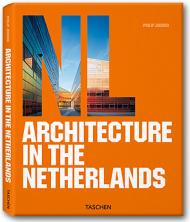Antiques in Italian Interiors showcases a marvellous range of antiques - from small works of art to rare decorative objects to period furniture - housed in some of the most beautiful private residences in Italy.
The homes of princes, scholars, antiquarians, professors, and collectors are presented in over two hundred extraordinary photographs that depict intriguing objects and decor, and capture the atmosphere and character of each interior.
The residences range in scale from palatial villas to spacious apartments and are located in the grand cities of Italy.
Of particular interest is the Museo Mario Praz in Rome, home to an extraordinary collection of furniture, marble, bronze, silver, and crystal works of art. Also featured is renown art historian Frederico Zeri’s home in Mentana, which contains a priceless collection of Roman epigraphs and a vast art and photography library. Informative essays by art historian Roberto Valeriani explore the relationship between the antiques and the spaces that house them. His insights illuminate how each residence documents Italian taste in different eras.
The rich style and ambience of the collection of interiors in this volume attest to the beguiling layers of history that can be found in Italian interiors and to the special allure of antiques.
• A sumptuous, large-format photographic tour of the extraordinary antique collections housed in fifteen private residences in Italy
• The residences range in scale from gorgeous palatial villas to relatively modest homes
__________
Книга Antiques in Italian Interiors, Volume 2














